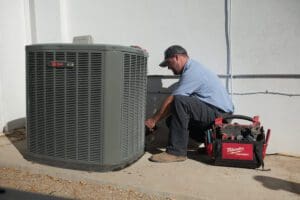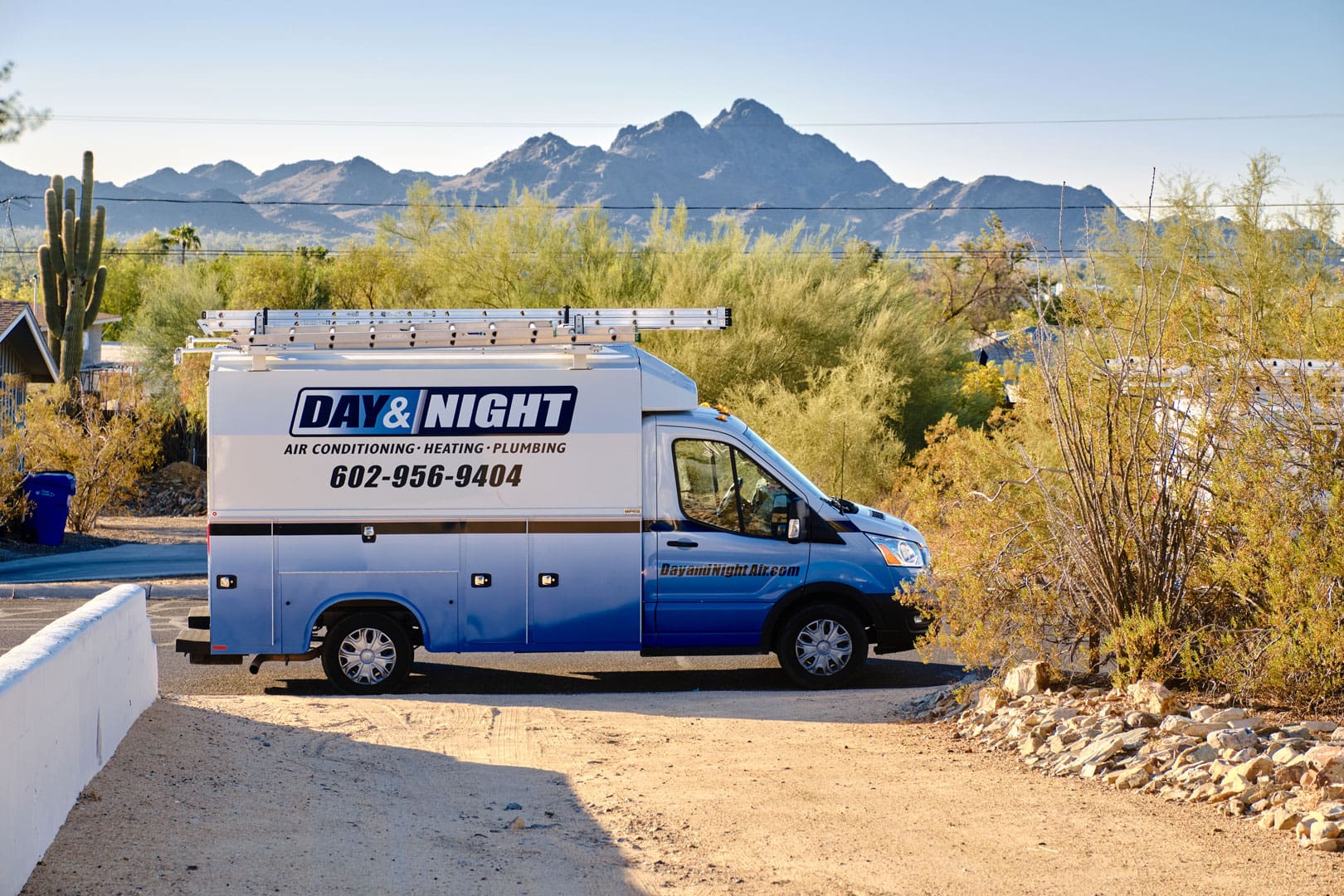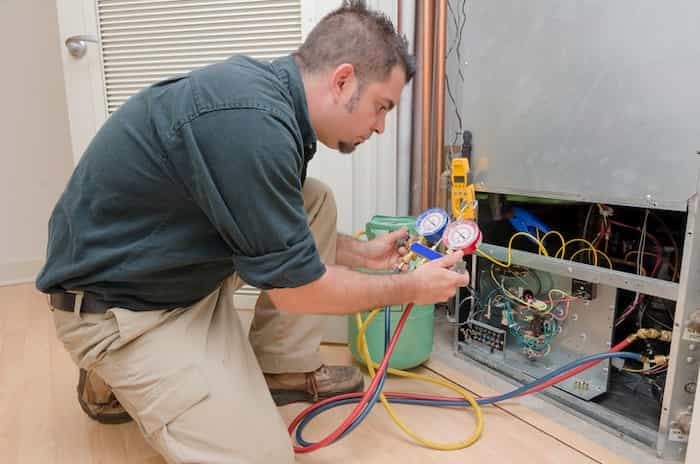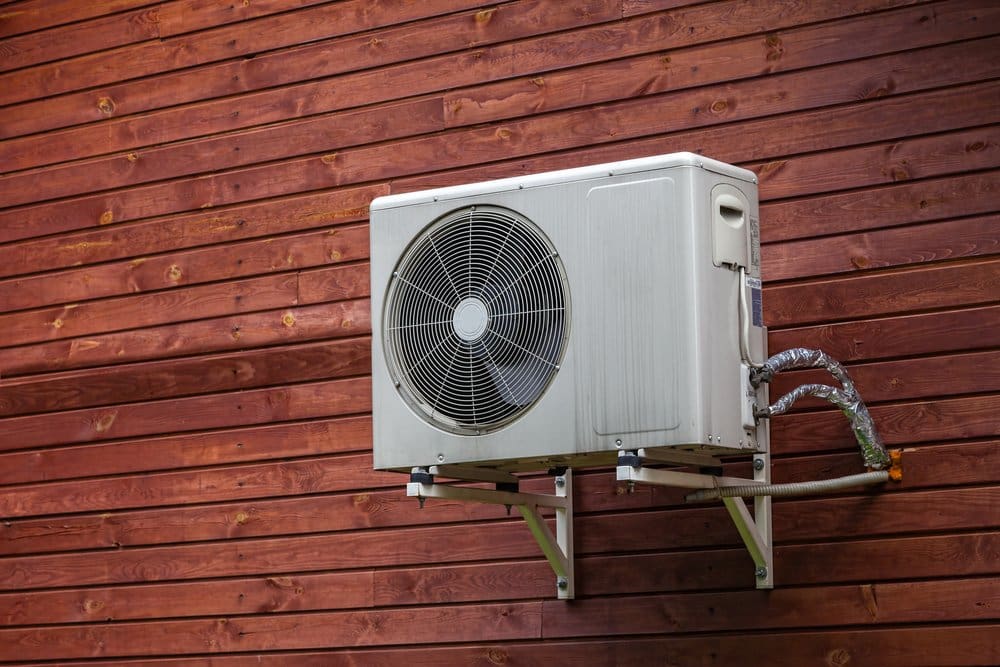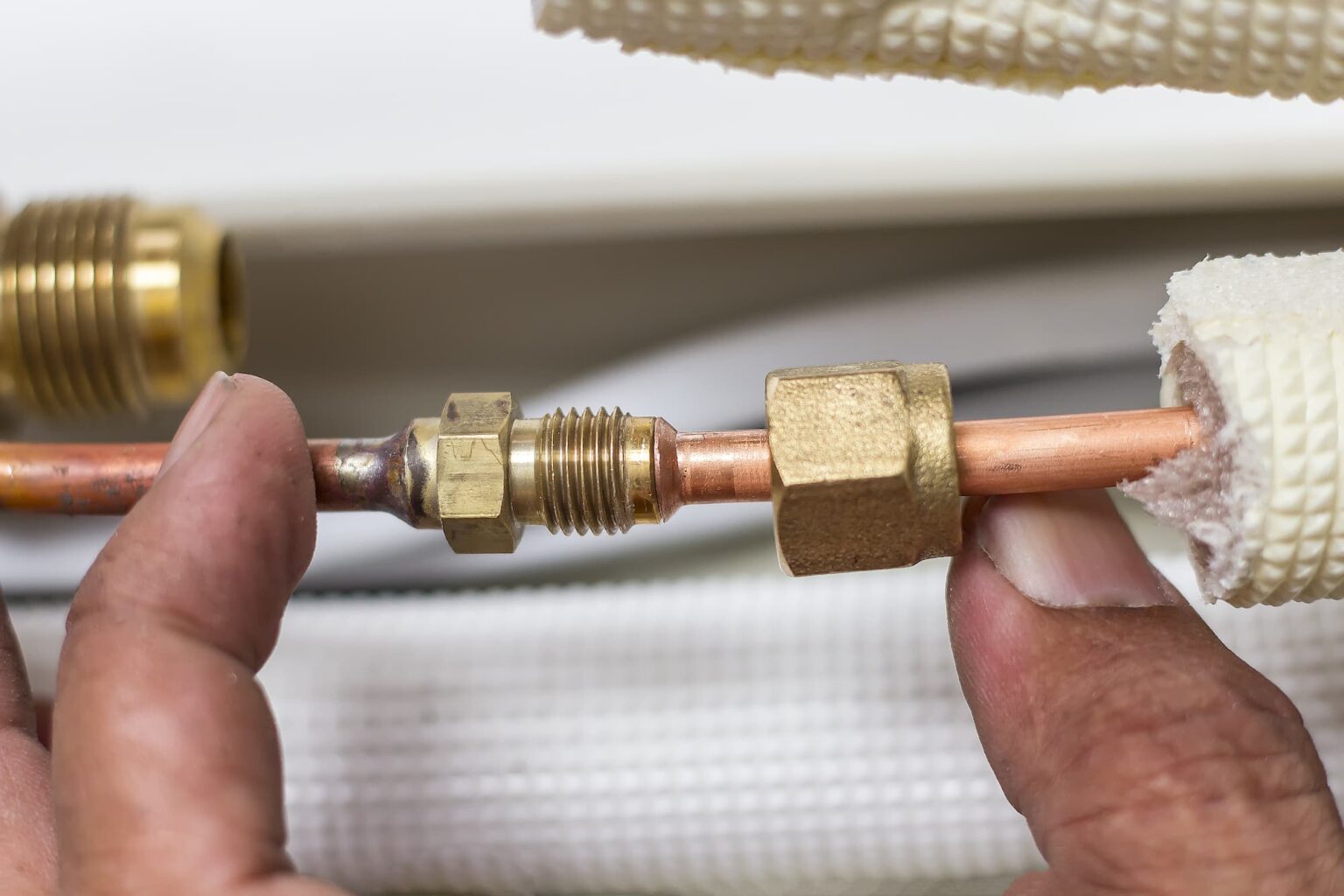With home ownership comes a myriad of little details around the house that need to be serviced and maintained regularly. One of the most important and most basic systems to keep at optimal functioning is your plumbing system. Your plumbing system not only brings fresh, clean water into your Phoenix home, but it also is the manner by which waste is removed.
Particularly when it comes to waste removal, it is essential that your plumbing system is working correctly. Unfortunately, many older homes or homes that have not received proper maintenance suffer from plumbing issues whether that be faulty pipes or a problem with your sewer line cleanout. This pipe is arguably one of the most important features in your home as it is of paramount importance to keep your sewage system running properly.
Most homeowners don’t know where the main drain cleanout location is in their home, let alone what it does. This guide will walk you through the steps of how to find the main sewer line in your house as well as the importance of maintenance and what you can do to keep it properly functioning.
Table of Contents
How to Find Sewer Cleanout
“First, let’s start with the basics. Every house has a system of pipes running through it. The pipe system in your home is called a stack and every so often, it can experience clogs from debris or other issues. Your sewer line cleanout is a pipe with a special cap that is an access point to clean out any clogs using a plumbing snake or hydrojet.
The pipe that connects your home’s sewer plumbing with your city’s plumbing system is called the lateral sewer line. Your sewer line cleanout will be somewhere on your lateral sewer line. Homeowners are responsible for the care and maintenance of all plumbing located within their property lines.
So while the city pipes will need to be cleaned of clogs by the city, you are responsible for all clogs that happen on your property. That is key to remember if any clogs lead to emergency issues that seep off your property line onto a neighbor’s or onto city lands.
Benefits of a Sewer Cleanout
Your sewer line cleanout, while it sounds kind of gross, is actually very beneficial to your home. This is the easiest point of access to diagnose any clogging issues before you have a sewage emergency in your home or on your property. Once located, it is easy for a professional to access this pipe and remove the clog.
Another benefit to keep in mind is that your sewer line cleanout also keeps harmful gases from infiltrating your house. Gases can build up in the plumbing pipes throughout your home. Instead of having an open pipe, the sewer line cleanout has a cap which keeps those gases from getting out.
The cleanout also ensures that any maintenance or plumbing work is both easier and cheaper. Without a sewer line cleanout, your plumber would have to remove a toilet in order to access your plumbing pipes. With the cleanout, all that is needed is to unscrew the cap to access the pipe.
The cap also prevents backflow of the sewage so that it doesn’t get into your house and protects your landscaping because plumbers will not have to dig up your yard to access piping. As you can see, the sewer line cleanout is one of the most important fixtures on a house.
Outside Sewer Line Cleanout
Sewer line cleanouts are more likely to be located outside of your home if you live in a warm or temperate climate. These cleanouts can be a little tricky to find because oftentimes they are hidden behind plants and other landscaping. In some cases, they are enclosed in a metal or plastic box.
Start by doing a perimeter check around your house. You are looking for a three to four ft. pipe with a cap protruding from the ground. If it’s a large property and you don’t find the line immediately outside of the building, try checking the blueprints of your home for clues. This type of cleanout is almost exclusively found on homes with a slab foundation.
Bathroom or Utility Sewer Cleanouts
For indoor main drains, you will likely find the cleanout in a bathroom or utility area. When dealing with a bathroom location, check the floor near the toilet. In this scenario, it might be a pipe protruding from the floor or it might be flush mounted into the floor. These main drains tend to have a threaded plug.
For utility areas and garage locations, start by looking near regular drains. In these areas, the same applies. The main drain will have a threaded plug and can either be protruding or mounted to the floor. For those that are flush-mounted, they can easily be opened with a standard pipe wrench.
Basement Sewer Line Cleanouts
In homes that are older or located in colder climates, the basement is a popular location for the sewer line cleanout. These cleanouts usually have threaded plugs and tend to be located near the foundation wall. In this scenario, the sewer line cleanout is usually in the floor. If you do not find it there, it is also possible to locate the cleanout by following the shortest path in a direct line from the vertical soil stack. This will help you find the foundation wall and hopefully the cleanout.
How a Sewer Line Clog is Removed
Once the location of a sewer line cleanout has been found, call a professional to handle the dirty work of unclogging the pipes. Mistakes can lead to sewage seeping into your house or flooding your yard so a professional is always the way to go. Your plumber will inspect the pipe and use a snake equipped with a video camera to find the source of the clog. If a clog is found, the plumber will then use a hydrojet, similar to a pressure washer, to clean out the piping and ensure the clog is blasted out.
What To Do When Your Home Doesn’t Have a Sewer Line Cleanout
For older homes that do not have a sewer line cleanout, this is a simple fix. Simply call your plumber and they can install a brand new sewer line cleanout for you. If you’ve had sewage problems in the past or your house is just really old, it’s better to get this done as soon as possible to avoid emergency situations down the road.
Regular Sewer Line Maintenance
Whether your sewer line cleanout is indoors or outdoors, once you have located it, write down where it is or take a photo. Save this information in case you have plumbing issues, especially if you rent your house out to tenants.
Sewer line cleanouts should ideally be cleaned out roughly every two years. Many homeowners wait until they experience problems, but it is better to be proactive and stop clogs before they happen. Inspections of the cleanouts should occur on a yearly basis to ensure that everything is running smoothly between cleanings.
This is extremely important for homeowners who live in areas with lots of trees. If you’ve ever seen tree roots creeping through a sidewalk, you can just imagine what those roots can do to a sewage pipe. Regular maintenance will help you avoid these headaches and ensure clean pipes remove your sewage safely and effectively.
Call Day and Night Plumbing and Air
If you’re having trouble with how to find the main sewer line in your house, or you suspect a clog, contact a Phoenix plumbing professional immediately. While it is possible to open the cap on your sewer line cleanout and take a look, this is a job best left to the professionals as it takes special tools to unclog these pipes without causing damage to the rest of the property.
At Day and Night Air, our expert plumbers can install a new sewer line cleanout if your home does not have one. Our team offers drain cleaning services in Mesa, Arizona and will help you find your sewer line cleanout. Regular maintenance is key to keeping your plumbing in tip-top shape. Contact us today and we’ll ensure your sewer pipes are clean and functioning properly.

